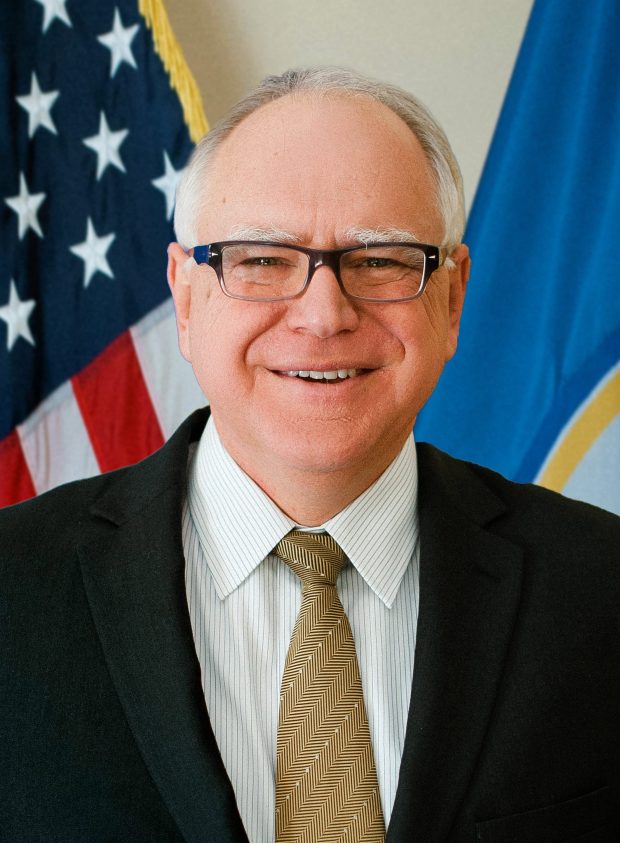
Minnesota’s Democratic Gov. Tim Walz has taken a heavy-handed approach, while North Dakota Republican Gov. Doug Burgum and South Dakota Republican Gov. Kristi Noem are vocal critics of big government.
And as their state governments remain quiet on the issue, the Dakotas are two of only a handful of states whose annual greenhouse gas emissions are creeping up by the year.
According to a February 2019 report by the U.S. Energy Information Administration, the energy-related carbon emissions total of all 50 states decreased 12.4 percent between 2005 and 2016. The report documented how many metric tons of carbon dioxide each state released in those years thanks to residential, commercial, industrial and transportation needs, as well as from electricity generation.
Minnesota decreased its emissions by 12 percent in those years. The Dakotas, however, were two of only nine states in the country whose carbon emissions increased during those years.
In North Dakota, the carbon emissions went up 3.9 percent. In South Dakota, emissions rose 12.8 percent.
The Dakotas’ carbon emissions, ton for ton, are still well below that of the country’s top emitting states. In the Midwest, Illinois emitted 204.1 million metric tons of carbon dioxide in 2016, Wisconsin 95.6, Minnesota 89.3 and Iowa 73.1 to North Dakota’s 4.3 and South Dakota’s 15.
However, consider the states’ low populations, and you’ll see a different story. According to a 2017 report by the World Resources Institute, North Dakota had the second-largest carbon emissions per capita in the country in 2014, behind Wyoming. South Dakota came in 10th for the country’s largest per-capita emissions.
As North and South Dakotans see little in the way of climate change policy, the states face internal conflicts over energy projects like the Dakota Access and Keystone XL crude oil pipelines and drilling in the Bakken oil fields — projects fiercely opposed by climate activists and Native American tribes, who warn of potential environmental hazards, and see the projects as violations of their treaty rights.
WALZ’S PLANS
In Minnesota, Walz began pushing for 100 percent green energy by 2050 early in his tenure — an issue he pledges to take to the 2020 campaign trail if Republicans stand in its way in the upcoming legislative session. In September, he introduced a plan for clean car standards, following in the footsteps of California. And in December, Walz announced the formation of his new Climate Change Subcabinet, as well as an advisory committee.
Walz’s moves have been met with scrutiny on the other side of the aisle. Following his subcabinet announcement, Senate Republicans called Walz’s clean cars initiative “controversial,” and his clean energy plan “expensive.”
State Sen. David Osmek, R-Mound, chair of the Senate Energy and Utilities Committee, said via news release earlier this month that he was “disappointed to see the Governor treat important policy-making as an emperor’s decree, rather than collaboratively with diverse stakeholders,” arguing that more Republicans should be at the subcabinet’s table.
“If Washington won’t lead, Minnesota will need to,” Walz said at a news conference earlier this month.
“The time of waiting and the time of debating are over,” Walz said. “The time of action is upon us and Minnesotans are people of action.”